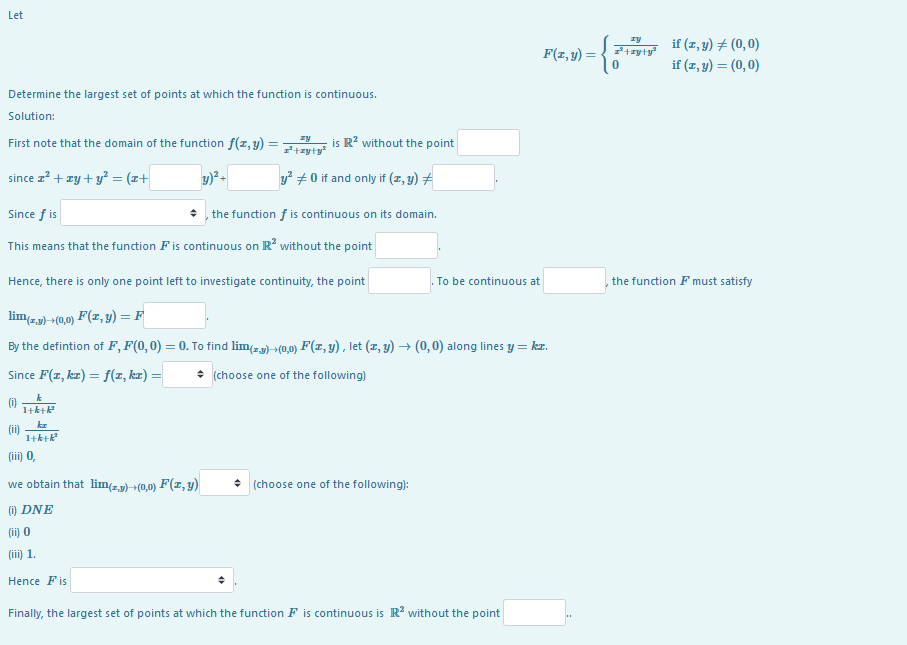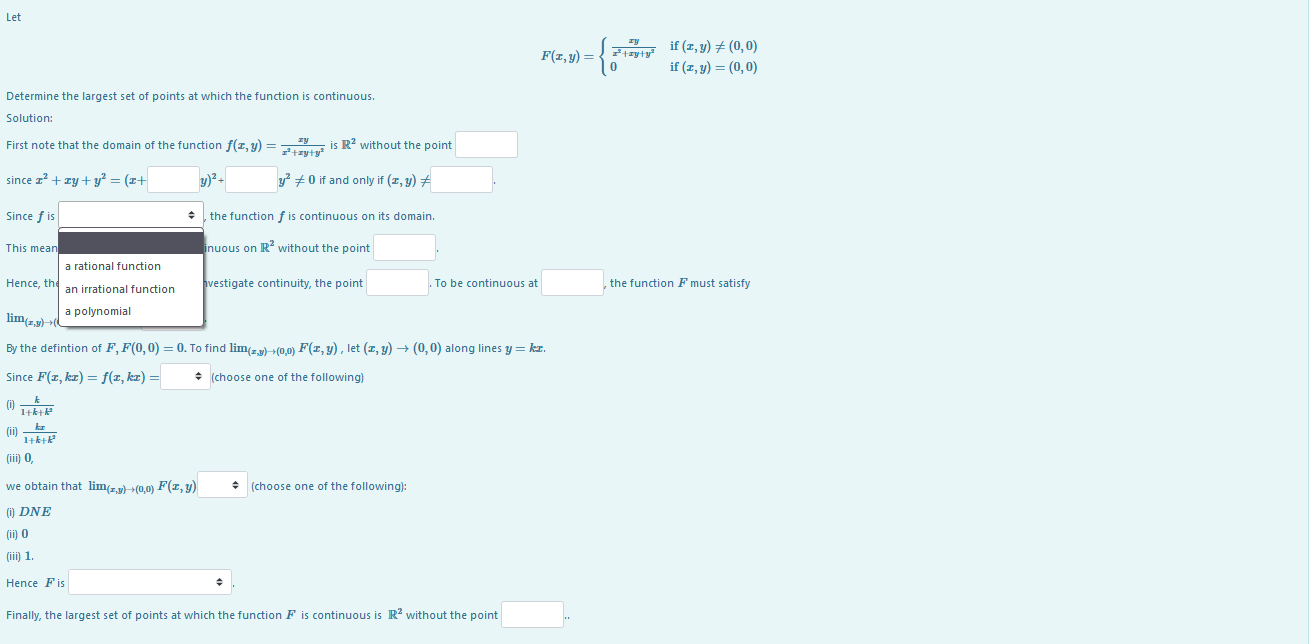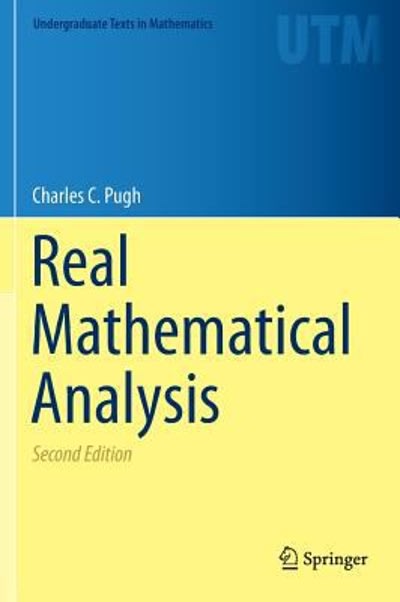Answered step by step
Verified Expert Solution
Question
1 Approved Answer
Please Help fLet F(I, y) = if (I, y) # (0, 0) 0 if (x, y) = (0, 0) Determine the largest set of points



Please Help



Step by Step Solution
There are 3 Steps involved in it
Step: 1

Get Instant Access to Expert-Tailored Solutions
See step-by-step solutions with expert insights and AI powered tools for academic success
Step: 2

Step: 3

Ace Your Homework with AI
Get the answers you need in no time with our AI-driven, step-by-step assistance
Get Started


